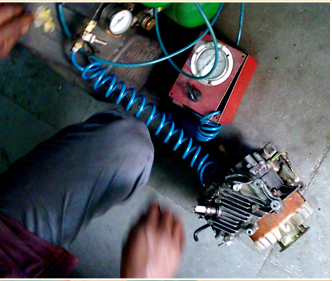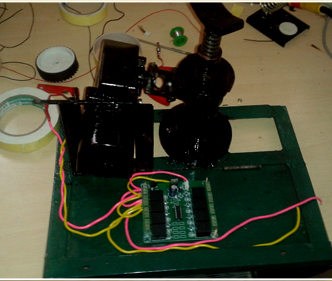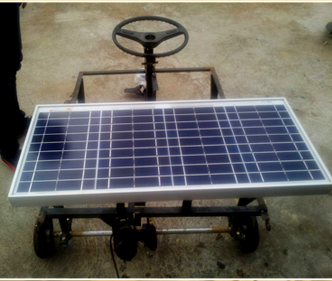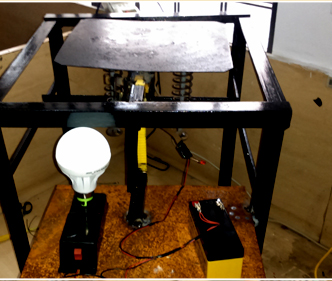STUDENT REVIEW'S
At Igeeks Technologies, student satisfaction is our highest priority. Over the past 15years, we’ve proudly trained and mentored thousands of students across India through our internship programs, academic projects, and research guidance. Here’s what our students have to say about their experience:
PROJECTS 2025-2026 
Ask For Your Projects
Igeeks is India’s largest edu-tech company with 15 years of experience and the creator of a unique and innovative live project making platform for students, which enable them to fill their education gap as well as to gain practical knowledge with real-time experience. Igeeks majorly focuses on Academic Project Development, Student internship, and Placement guidance.
"India's leading Academic Projects, Internships,MBA Projects & PHD Projects. 100% output guaranteed and fully customized projects are Implemeted.Igeeks is a Multi-Disciplinary Platform for BCA, Diploma,MCA, B.Tech, M.Tech, PhD Projects.We are known to deliver Quality assured projects, Plagiarism free documents, Journal Paper writing."
Our Award Winning Tech Team have trained thousands of students and have guided over 8000+ working projects via Practical Research based Project training, out of which some of the projects have won best project awards at various national & international competitions.More than 50,000+ satisfied customers got assistance from universities and affiliated colleges.
IGEEKS BEST'S 
Projects Offer For
- B.E (Computer Science)
- B. E (Electronics and Communication)
- B. E (Electrical and Electronics Eng.)
- B. E (Information Technology)
- B. E (Instrumentation Control and Eng.)
- M. E (Computer Science)
- M. E (POWER ELECTRONICS)
- M. E (CONTROL SYSTEM)
- M. E (SOFTWARE ENG)
- M. E (APPLIED ELECTRONICS)
- M. SC (IT , IT&M , CS&M, CS)
- MCA
- BCA
- B.Sc. (IT , CS)
- MD, MS, DNB, PhD
- MBBS
- Nursing
- PhD
- MBA
- BBA
Projects By Degree
- Engineering Final Year Projects.
- MTech Final Year Projects.
- Diploma Final Year Projects.
- BCA Final Year Projects.
- MCA Final Year Projects.
- MBA/BBA Final Year Projects.
- PHD Projects.
- Research Paper Writing.
- Journal Paper Writing.
- Capstone Projects.
- Assignment Services.
- PhD Thesis Writers
- Research Paper
- Publishers in Scopus
- International Assignment Writing
- MD Thesis Writing Services
- Internship for Engineering Students
- M.Tech Civil Engineering Projects
- MTech Power Systems Projects
- MTech VLSI Projects
- M.Tech EEE Power Electronics
- Best AI Final Year Projects
- Medical Thesis Writing Services
- Thesis writing for Medical
- Medical Research Paper Writing
- Nursing Dissertation Help
Technology We Cover
- EMBEDDED
- MATLAB
- VLSI
- ELECTRICAL
- PYTHON
- ANDROID
- NS2/NS3
- JAVA
- Arduino UNO
- Raspberry Pi
- GSM & GPS
- RFID
- Ansys
- Renesas
- SPSS
- IOT
- WSN
- NodeMCU
- Robotics
- Xilinx
- OpenCV
- PHP
Project Domains
- Artificial Intelligence
- Machine Learning
- Deep Learning
- Image Processing
- Data Science
- Cloud Computing
- Data Mining
- BlockChain
- CyberSecurity
- Signal Processing
- 5G networks
- MANET
- VANET
- Networking
- Mobile Computing
- Antenna
- Low Power VLSI
- Transistor Logic
- Core Memories
- Power Systems
- Power Electronics
- Electrical Drives
- Control Systems
- MBA MARKETING
- MBA FINANCE
- MBA HR
- MBA BUSINESS ANALYTICS
- MBA IT MANAGEMENT
- MBA PROJECT MANAGEMENT
- MBA OPERATIONS
YEARS OF EXPERIENCE
SOFTWARE PROJECTS
ELECTRONICS PROJECTS
MBA PROJECTS




















